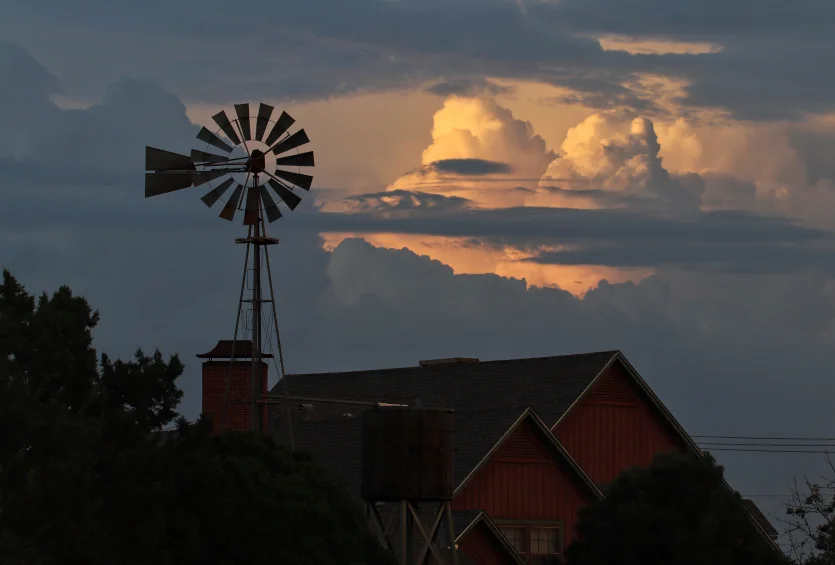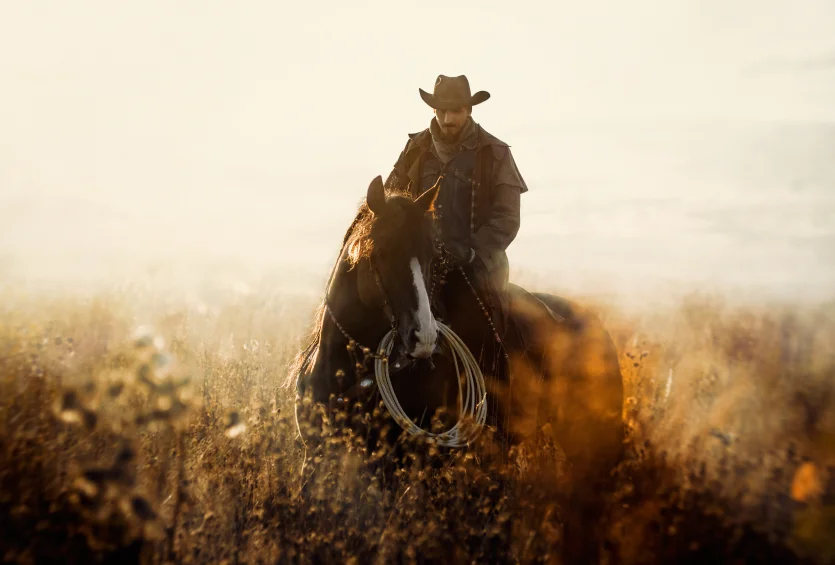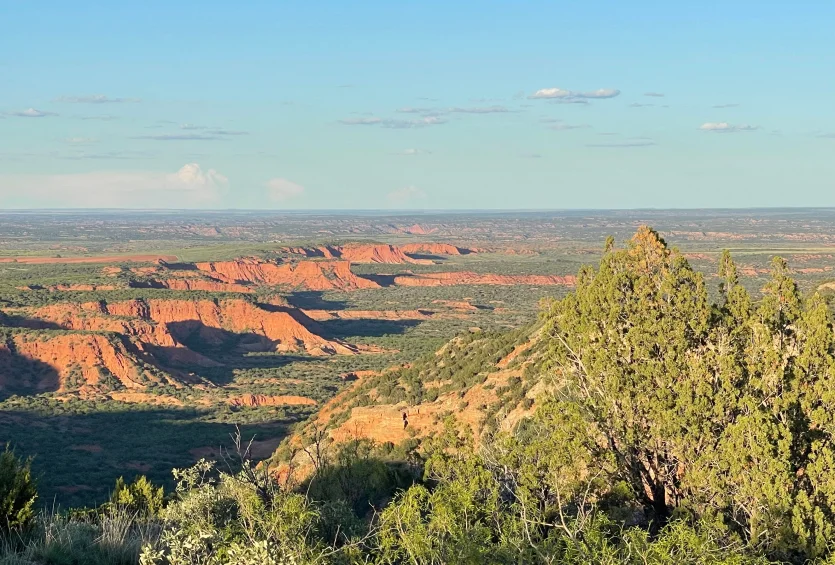
Homeowners Insurance Quotes in Big Spring, TX
What You Should Know About Home Insurance in Big Spring
Big Spring is located in the middle of West Texas, an area known for arid dryness, as well as beautiful rocky outcroppings in nearby Big Spring State Park. Also known as “Spring City”, it was named for a watering hole formerly enjoyed by many wild animals, as well as Native American tribes such as the Comanche and Shawnee.
Located between the larger cities of Midland and Abilene, Big Spring has a low cost of living, plenty of outdoor attractions and a friendly community. The average home price here hovers around $250,000. It’s a hot and dry long summer and a short and cold winter for people living in Big Spring, but there are several good restaurants and it’s just a short hop over to a larger city when the mood strikes.
If you own a home in Big Spring, InsureOne offers the best home insurance in Texas. We do the research for you, so you can spend more time with the family. We’ll find you several great options so you can choose the one that fits your needs the best.
How Much Does a Homeowners Insurance Policy Typically Cost in Big Spring?
Home insurance policies take into account the amount of money it would cost to replace your home in the event of a total loss. Take a look at the table below for average costs across various property types.
| Type of Home in Texas | Average Annual Cost in Texas | Average Annual Cost Nationwide |
|---|---|---|
| Homes $300K | $2,919 | $2,300 |
| Co-ops and Condos | $730 | $531 |
| High-end Homes | $4,487 | $2,831 |
How Do Home Insurance Deductibles Change Insurance Rates in Big Spring?
Deductibles and premiums go hand in hand in shaping your home insurance costs. Think of a deductible as your share of the financial responsibility in a claim, while the premium is what you pay to keep your coverage active.
Choosing a higher deductible typically lowers your premium because you’re agreeing to cover more upfront if something happens. Conversely, a lower deductible increases your premium since the insurer takes on more risk.
Striking the right balance is key—consider your budget and how much you could comfortably pay out of pocket. It’s all about customizing your plan to fit your unique needs!
Compare Home Insurance Rates in Big Spring
The cost of living in Big Spring is considered low. The median cost of an owner-occupied home there is $139,000.
Higher home prices tend to be in the east parts of the city, while the west side has more affordable properties. Your dwelling coverage is the amount your policy covers and is the estimated cost to rebuild the physical structure.
Here are some various average costs of insurance rates in Texas based on replacement value.
| Dwelling Coverage | Average Annual Home Insurance Rates |
|---|---|
| $100,000 | $1,318 |
| $200,000 | $2,086 |
| $300,000 | $2,919 |
| $400,000 | $3,749 |
| $500,000 | $4,642 |
Is Home Insurance Tax Deductible in Big Spring?
Home insurance premiums aren’t typically tax-deductible because they’re considered personal living expenses. The IRS generally allows deductions only for expenses directly related to income generation or specific allowable categories, such as medical costs, charitable donations, or mortgage interest. Since home insurance is designed to protect your personal property and doesn’t directly contribute to earning income or fall into those special categories, it doesn’t qualify for a deduction.
Exceptions exist, such as for rental properties or home offices, where insurance becomes a business-related expense. This distinction ensures tax deductions are applied to activities that directly affect income or meet specific policy objectives.
Does Big Spring Have the 80% Homeowners Insurance Rule?
The 80% policy standard is not a rule, but it is a practice most insurance companies use. This standard requires you to carry coverage equal to at least 80% of your home’s replacement cost to receive full compensation for partial losses. If you insure your home for less than 80% of its replacement cost, the insurer may only reimburse you for a proportion of the claim rather than covering the full cost of repairs.
Example:
- Your home’s replacement cost: $300,000
- Required insurance (80% of replacement cost): $240,000
- Actual coverage purchased: $200,000
- Damage to your home: $50,000
In this example, the insurer will divide the actual coverage ($200,000) by the required coverage ($240,000) and multiply it by the damage ($50,000). This equals $41,666, which is how much you would receive for your claim, leaving you to cover the remaining $8,333 out of pocket.
Work with your neighborhood agent to ensure you have the proper amount of coverage. If you make renovations to your home that increase its value, you may need to purchase additional coverage to stay in compliance.

Bundling Home and Auto Insurance in Big Spring
When you purchase two or more policies from the same insurer, like your home and auto insurance, you will receive a nice discount. Depending on your carrier, it could be up to 25% off. Allowing your insurer to provide you with multiple policies gives them a break on administrative costs, as well as showing them you are a loyal customer.
The advantages to you are, of course, the discount, but also easier administration of your policies. You can save quite a bit every year by choosing to bundle two or more policies with one carrier.
What Weather Affects Home Insurance Costs in Big Spring, Texas?
Big Spring is located in West Texas, which has a semi-arid climate. This area is part of Tornado Alley, which can cause significant damage to homes.
- Tornadoes: Big Spring is susceptible to tornadoes, which can cause extensive damage to residential structures. For instance, on May 22, 2016, a supercell thunderstorm produced multiple tornadoes in the area, leading to property damage and highlighting the region’s vulnerability to such events.
- Severe Thunderstorms and Hailstorms: The region frequently experiences severe thunderstorms accompanied by large hail, which can damage roofs, windows, and siding. On May 16-17, 2018, Big Spring and Sanderson, Texas, were hit by significant hailstorms, resulting in considerable property damage.
- High Winds: Strong wind events are common in Big Spring and can lead to structural damage, downed power lines, and uprooted trees. For example, on June 26-27, 2007, a widespread high wind event affected a large area of West Texas, including Big Spring, causing damage to homes and infrastructure.
These weather events underscore the importance of preparedness and adequate home insurance coverage for residents of Big Spring.
What Are the Different Types of Homeowners Coverage Offered in Big Spring?
More than half of Big Spring residents own their home – and they also stay in them for multiple years. According to the 2020 census, about 63% of residents own their home and over 85% stay in their homes for at least one year.
All types of home insurance are available in Big Spring, from HO-1 to HO-8. For single family structures, HO-2 or HO-3 would be the best choice and cover the most named perils, such as lightning and fire.
For those who rent, renters insurance, or HO-4, is a good bet since it will help you replace your belongings if they are stolen or damaged in a covered event.
HO-6 is for condos, of which there are not many in Big Spring, and HO-7 covers mobile or manufactured homes. HO-8 is for homes that do not fall under any of the other categories, such as a historical home.
Your InsureOne agent can find a policy with the best coverage, whichever type of house you choose to call home.

What Is the Most Common Type of Home Purchased in Big Spring?
Most homes here are single-family detached and were built before the 1980s. The majority are single-story two-to-three bedroom homes. About 5% of homes are mobile homes.
Since Big Spring is in Tornado Alley, learning how to prepare for one of these monster storms can help ensure the safety of everybody in your home. There are things you can do to make your home withstand tornadoes, as well, including installing a metal roof or tie-downs for mobile homes.
Which Common Natural Disasters Are Covered by Home Insurance in Big Spring?
Your home insurance policy in Big Spring is designed to protect you financially in case Mother Nature throws certain events at you and your home. Here are the most common disasters and their coverage details:
- Windstorms and Tornadoes: Damage from high winds, including tornadoes, is usually covered. This includes repairs to your home and personal property damaged by strong winds or flying debris.
- Hailstorms: Hail damage to roofs, siding, windows, and other parts of the home is generally covered under most policies.
- Lightning Strikes and Fire: Fires caused by lightning strikes or other sources are typically covered, including damage to the structure and personal belongings.
- Falling Objects (e.g., tree branches): If severe weather causes trees or other objects to fall and damage your home, this is often covered.
Keep in mind that successful home insurance claims are partially based on the evidence that you’ve been performing regular and needed maintenance on your home, property and roof. For example, if a tree falls on your roof, you may need to prove you have been trimming and caring for that tree and it was healthy when it fell. Staying on top of these items can help you avoid some of these top home insurance claims.

Get the Best Homeowners Insurance in Big Spring with InsureOne Today
For those who want to call West Texas home, Big Spring is a great option with a low cost of living and a high emphasis on community and family values.
To get the best homeowners insurance coverage that fits your needs, visit us online for a free quote, stop by an office near you, or call our experts at (800) 836-2240. We’re here to help you protect your home in Big Spring.


